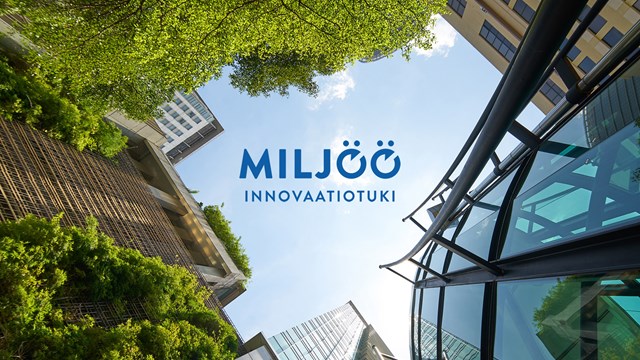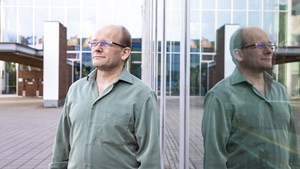Research – the future of district heating
District heating and the fuels used to produce it have been the subject of much media and political debate. Pekka Huhtala’s Master’s thesis goes to the heart of a highly topical issue, and will outline fascinating scenarios for the future of district heating and the transition to a more sustainable system.
What are the alternatives to natural gas, peat, coal and other fossil fuels? How will district heat production develop over the next 10 to 30 years? And could greater use of biomass or a modular nuclear reactor, for instance, help in reaching the goal of carbon neutrality? These are gripping questions that Pekka Huhtala wants to answer. Huhtala is a student on the Master’s degree programme in Futures Studies at the University of Turku.
“Transitions need to be made in practically every sector to promote low-carbon consumption and greater sustainability in general. And energy production is pretty central to all this. That is why I chose the future of district heating as my research topic.”
 Pekka Huhtala is a student on the Master’s degree programme in Futures Studies at the University of Turku.
Pekka Huhtala is a student on the Master’s degree programme in Futures Studies at the University of Turku.
How will district heating be produced in the future?
According to Huhtala, it is impossible to highlight just one form of energy when talking about new ways of producing district heating. There are multiple options, and their suitability largely depends on local conditions.
“In different geographical environments, very different energy sources can be used. For example, in coastal cities and towns, it is easier to use some energy imported by ship, or water heating based on pump technology. In highly forested areas, on the other hand, more biomass can be used for production. Or if there is livestock farming in the area, biogas could be a good option. In my research, I’m looking at about 20 energy sources.”
Study the future
Oulun Energia decided to support Huhtala’s research on account of its broad significance. Work is being done on many fronts to find substitutes for fossil fuels, and quality research is one of the essential bases for sound decisions.
“My aim is to create various scenarios for the development of district heating for businesses, business decision-makers and political decision-makers to draw on. Another aim is to inspire new thinking, whether it is about opening up district heating networks or diversifying forms of production.”
District heating can also benefit the climate
Huhtala’s research is in its final stages, and it reveals some promising trends. He points out that, when properly produced, district heating offers an easy way for ordinary consumers to play their part in sustainable development.
“I’m not lobbying for the district heating sector, but it’s clear that when the production of district heating is further improved and fossil fuels are replaced by mainly renewable alternatives, a pretty big part of an individual person’s reduction targets for CO2 emissions can be met. If I had to make an educated guess as to what will become of the whole concept of district heating, then the short answer is that it has a bright future ahead of it.”




